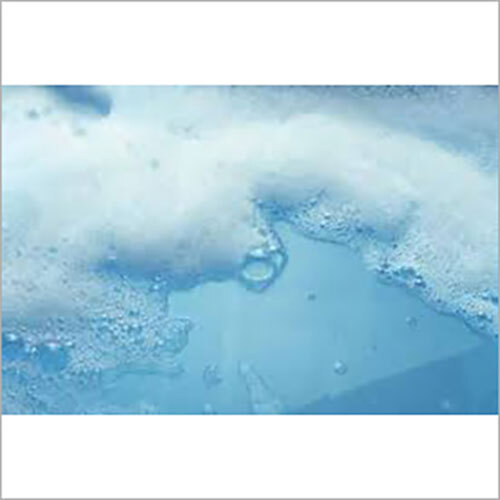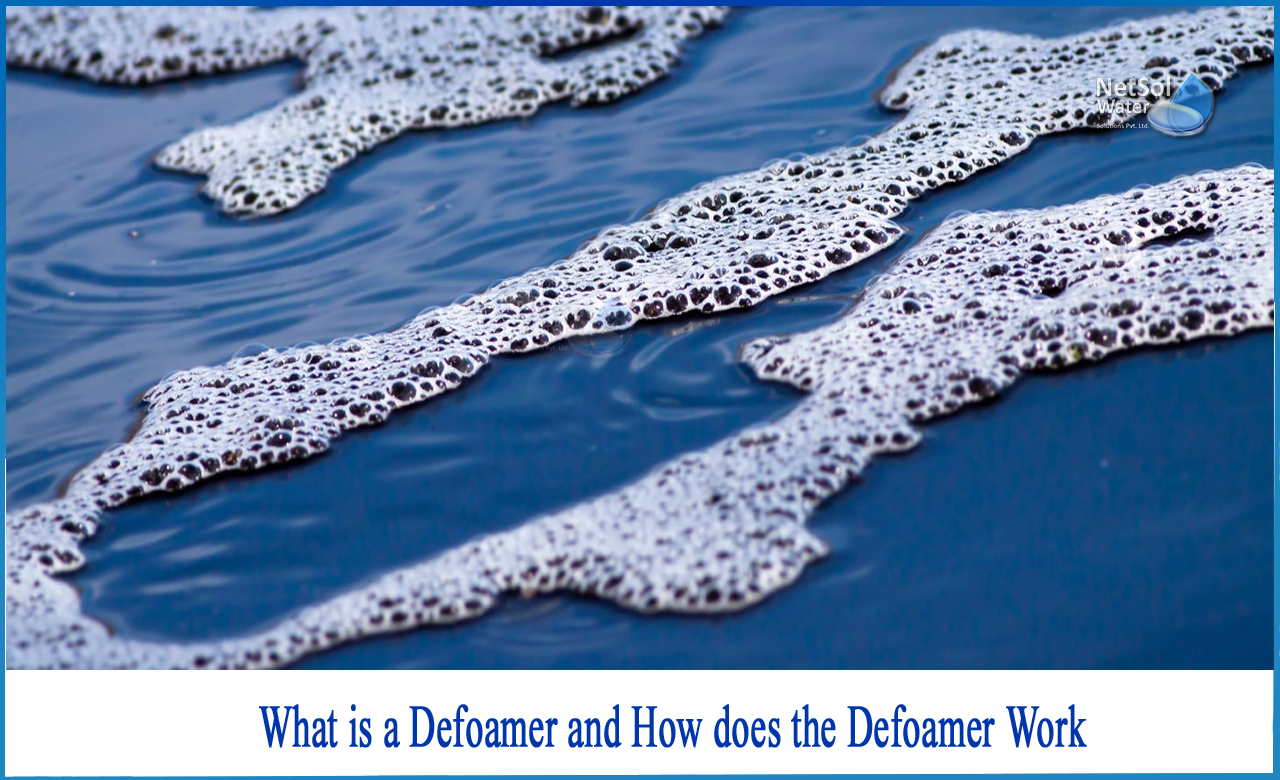Choosing the Best Defoamers for Your Manufacturing Line
Choosing the Best Defoamers for Your Manufacturing Line
Blog Article
The Function of Defoamers in Enhancing Item Top Quality and Performance
Defoamers offer as important additives that mitigate this problem, making certain smoother production operations while boosting the aesthetic and functional qualities of the last items. The selection of the proper defoamer can be vital to attaining optimum results, raising crucial questions about formula compatibility and performance metrics that merit more exploration.
Comprehending Defoamers
Comprehending the function of defoamers is crucial for preserving item top quality throughout various industries. Defoamers are chemical additives made to stop the formation and minimize of foam in fluid systems, which can detrimentally influence processes such as blending, loading, and surface area stress. Lathering can lead to inefficiencies, product problems, and jeopardized visual allure, making defoamers a critical element in producing operations.
In industrial applications, defoamers aid to enhance item uniformity and stability. The efficient use of defoamers not only makes sure smoother production procedures however likewise contributes to superior product performance.
Furthermore, the selection and formulation of a defoamer must line up with particular application demands, such as compatibility with various other components, efficiency under varying temperature level and pH conditions, and prospective governing restraints. Ultimately, comprehending defoamers' functions and their relevance in various formulations is important for optimizing manufacturing and ensuring the finest quality end products.
Kinds Of Defoamers
Defoamers can be classified right into several kinds based upon their structure and mechanism of activity. The main types include silicone-based, non-silicone natural, and not natural defoamers.
Silicone-based defoamers are among one of the most reliable, primarily due to their ability to spread out quickly on the liquid surface and interrupt foam formation. Their one-of-a-kind chemical framework permits superior stability, making them ideal for high-temperature applications and settings with varying pH levels.
Non-silicone natural defoamers, typically made up of all-natural oils or fatty acids, are valued for their biodegradability and lower poisoning. These are generally utilized in food and beverage applications where safety and ecological effect are critical.
Not natural defoamers, that include compounds like talc or calcium carbonate, act by increasing the thickness of the fluid, therefore reducing foam stability. They are commonly used in industrial procedures where compatibility with other materials is not an issue.
Each type of defoamer has distinctive advantages and restrictions, enabling for tailored solutions depending on the particular frothing concerns run into in various applications. Comprehending these distinctions is important for optimizing performance and achieving desired product high quality.
Applications Across Industries
Many markets leverage defoamers to enhance product quality and operational performance. In the food and drink field, defoamers are important in processes such as developing and dairy products production to avoid foam development, which can lead to inadequacies and product inconsistency. By regulating foam, suppliers can ensure better return and a much more uniform product.
In the pharmaceutical market, defoamers play an important role in the formulation of liquid drugs, where excessive foam can hinder mixing and precise dosing. Their use helps keep the integrity of the formulations and facilitates smoother production procedures.
The paint and finishings industry also relies on defoamers to boost the efficiency of products during application. By decreasing foam, these ingredients guarantee a smoother surface and boost the visual high qualities of the last product.

Advantages of Making Use Of Defoamers
While the application of defoamers differs throughout markets, their advantages consistently enhance product quality and procedure performance. One significant advantage is the reduction of foam formation during manufacturing procedures, which can otherwise lead to production hold-ups and inconsistencies in product top quality. By minimizing foam, defoamers enable a smoother flow of products, facilitating extra reliable procedures and minimizing the probability of devices malfunctions.
Additionally, using defoamers can boost the look and appearance of last products. In industries such as finishes, paints, and food processing, excessive foam can compromise the visual aesthetics and total high quality, while the appropriate defoamer application ensures a consistent surface and desirable qualities. Additionally, defoamers can add to set you back financial savings by lowering waste during manufacturing and enhancing making use of resources (defoamers).

Picking the Right Defoamer
Picking the right defoamer is vital for maximizing manufacturing procedures and making certain item top quality. The choice of defoamer affects not just the performance of foam control yet additionally the total efficiency features of the last item. Variables to think about consist of the sort of application, the chemistry of the formula, and the environmental conditions under which the product will be used.
Various sectors may need particular defoamer kinds, such as silicone-based, natural, or polymeric defoamers. Comprehending the compatibility of the defoamer with the main ingredients is vital to stay clear of negative responses that might compromise item stability. Additionally, the defoamer's effectiveness in various temperature levels and pH levels must be evaluated to make certain consistent performance.
Evaluating the defoamer in small applications can give beneficial insights right into its efficiency and viability. Factor to consider of regulative conformity, especially in food, pharmaceuticals, and cosmetics, is paramount in choosing a defoamer. Inevitably, a complete assessment of these aspects will result in the choice of a defoamer that not only controls foam efficiently however likewise boosts the high quality and performance of the final item.
Final Thought

In verdict, defoamers are crucial additives that substantially boost item top quality and efficiency throughout various markets. The tactical option and my explanation application of defoamers lead to cost financial savings, optimized source usage, and enhanced customer fulfillment.
Frothing can lead to ineffectiveness, product defects, and jeopardized aesthetic allure, my explanation making defoamers a crucial element in manufacturing operations.
Report this page